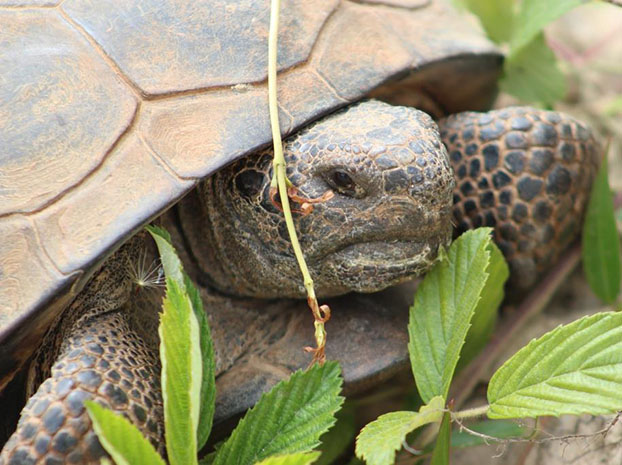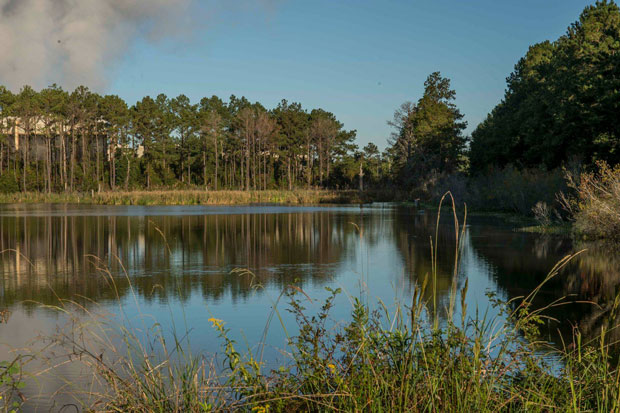Eagle Scout capitalizes on Farley’s bluebird project, builds additional boxes
March 11-15 is National Wildlife Week. It connects budding conservationists of all ages to the wonders of wildlife.
Plant Farley’s 1,850-acre site has long been a haven for wildlife. Meadows, woods, wetlands, ponds and a lake provide homes to deer, waterfowl, gopher tortoises and bluebirds.
To encourage and monitor the bluebird population, the plant has bluebird boxes around the site. The employees count the number of nests, eggs and baby bluebirds and record the results.
Eagle Scout candidate Stryker Wylly learned of Plant Farley’s environmental commitment and developed his Eagle Scout project around the plant’s bluebird program. He worked with Farley Facilities Foreman Corby Dolar to develop a three-phase plan to replace 30 older bluebird houses at the plant.
Over three Saturdays in February, Wylly and a group of 13 scouts and their mentors from Troop 106 prepared the necessary materials and set up an assembly line to build the boxes.
“We had to make some adjustments during the assembly phase to ensure that parts fit together properly,” noted Wylly. “It was a task, but the scouts worked together to make the necessary adjustments, and the birdhouses were assembled quickly and accurately.”
The scouts then worked with Dolar and Farley Environmental Specialist Eric Mullins to safely mount and secure the new boxes around the plant site.
Wylly says it’s up to the birds now. “The birdhouses look great, and it’s time for the bluebirds to decide if they like them. Bluebirds are only partially migratory, meaning that if conditions are right, they will stay year-round. Southeast Alabama has a climate that will support this, and Farley’s land and these houses could attract more bluebirds to this area.”
The Farley bluebird nesting program is also a part of the Energy Education Center’s outreach. The center partners with local school-aged children to monitor their own boxes and record the results.

